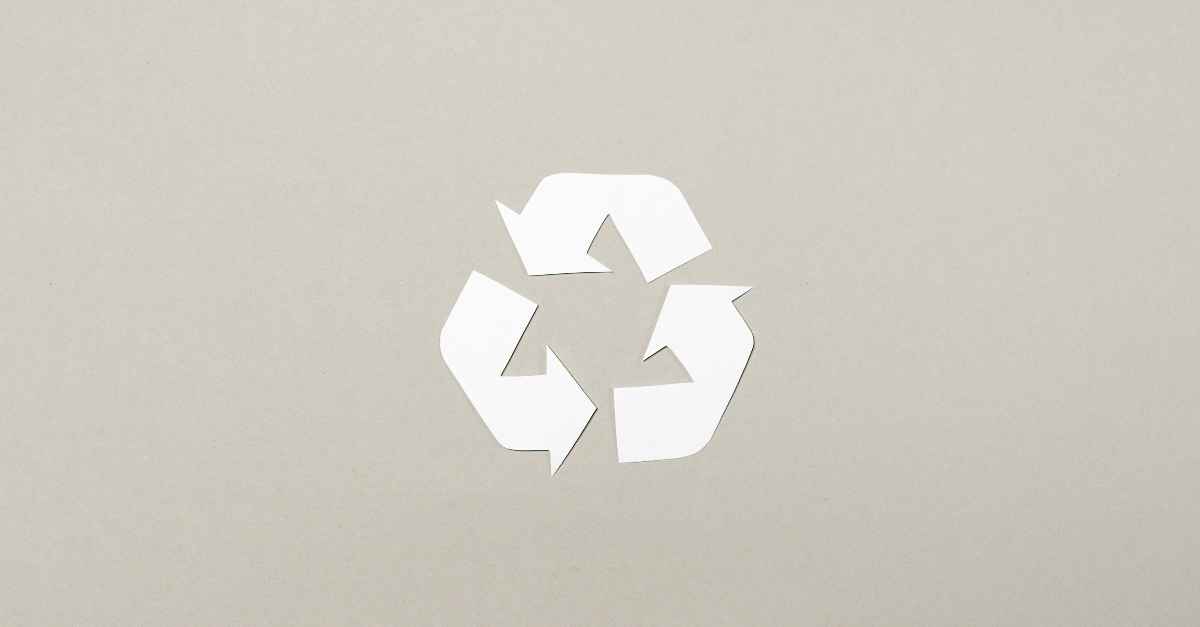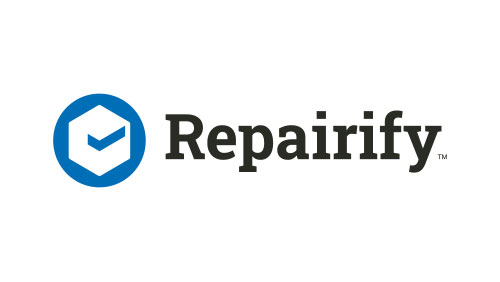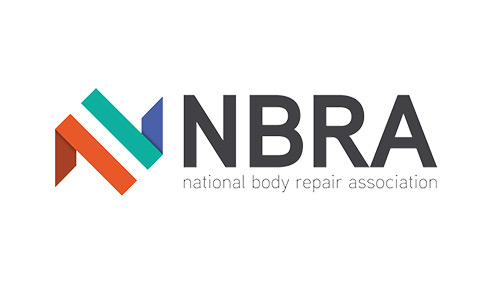A study commissioned by VRA Certification in collaboration with certified recycler SYNETIQ, an IAA company, has confirmed the significant environmental advantages of repairing damaged vehicles using green parts sourced in the UK.
The study, titled ‘Repair, Reuse, or Replace,’ was also in association with Allianz SE, Oakdene Hollins, and Metsims Environmental Consulting.
It details how the repair of damaged vehicles using green parts is a more climate-friendly alternative to the use of newly manufactured replacement parts.
The research sought to validate the assumption that repairing damaged vehicles with locally sourced green parts results in lower emissions compared to replacing them with new parts.
It focused on four of the most commonly damaged exterior vehicle parts: the front bumper, bonnet, headlight, and front door. These components were subjected to four different repair scenarios to determine the impact on CO2 emissions: Repairing the part in situ at a repair shop; replacing the part with a new component manufactured in Europe; replacing the part with a green part salvaged from an end-of-life vehicle in the UK; replacing the part with a new component manufactured in Asia.
The findings confirmed that using green parts for vehicle repairs significantly reduces carbon emissions compared to using newly manufactured parts (up to 177 kg CO2e saving per repair). The environmental benefits increase the heavier the replacement part used due to the high embodied emissions associated with their production.
Among the scenarios analysed, replacing damaged parts with new ones was identified as the least favourable option in terms of emissions.
Michael Hill, Green Parts Director at SYNETIQ said, “This study provides clear evidence that the repair and reuse of vehicle parts should be the way forward to reduce the automotive industry’s environmental footprint. Through the use of green parts and sustainable practises, we can make an impact on reducing emissions and contribute to the fight against climate change.”
Chas Ambrose, Director at VRA Certification, said, “What this particular study highlights is the truly enormous scale of national and international emission savings that are achievable through a more integrated approach to the repair of damaged vehicles, encompassing more part repair and more part reuse. I believe this report is very timely, with the current focus on Net Zero, the circular economy and forthcoming legislative changes relating to vehicle lifetime circularity.”
















